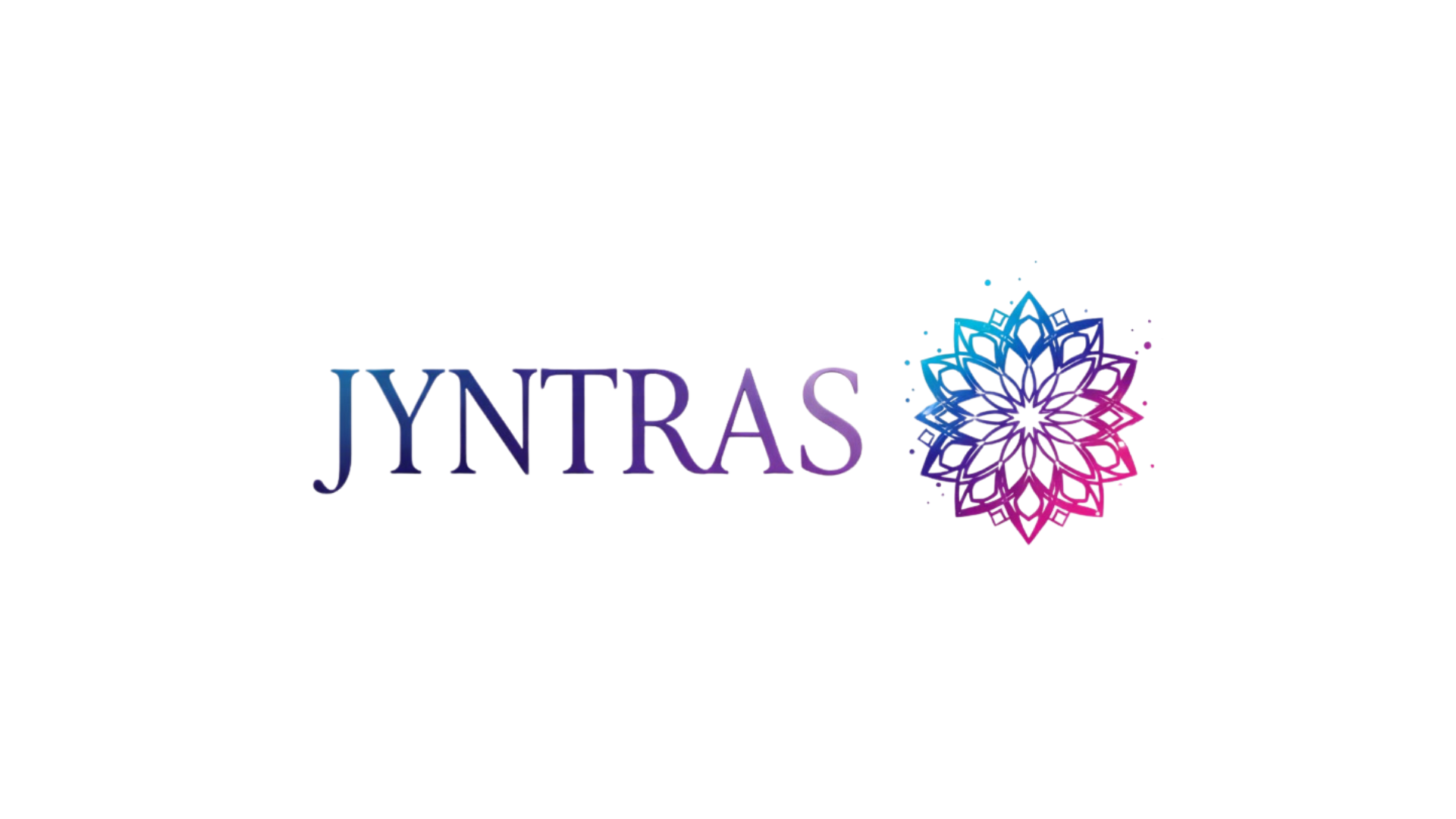The human microbiome holds extraordinary secrets to living longer, healthier lives. Scientists now recognize that the trillions of microorganisms inhabiting our bodies directly influence aging, immunity, and overall wellness.
🔬 Understanding Your Microbiome: A Universe Within
Your body hosts approximately 100 trillion microorganisms, outnumbering your human cells by a factor of ten. This vast ecosystem, known as the microbiome, consists of bacteria, viruses, fungi, and other microscopic organisms living primarily in your gut. These tiny inhabitants form a complex community that profoundly impacts every aspect of your health, from digestion and metabolism to immune function and mental well-being.
The diversity of this microbial community matters more than most people realize. Think of your microbiome as a rainforest: the more species present, the more resilient and functional the ecosystem becomes. Research consistently demonstrates that individuals with greater microbiome diversity tend to experience better health outcomes, reduced inflammation, and potentially extended lifespans.
The Longevity Connection: How Microbiome Diversity Extends Your Healthspan
Studies examining centenarians across different cultures have revealed a fascinating pattern: people who live past 100 years typically possess remarkably diverse gut microbiomes. These long-lived individuals harbor unique bacterial strains that produce anti-inflammatory compounds, enhance nutrient absorption, and protect against age-related diseases.
The connection between microbiome diversity and longevity operates through multiple mechanisms. A diverse microbial community produces a wider array of beneficial metabolites, including short-chain fatty acids like butyrate, which nourish intestinal cells and reduce systemic inflammation. These compounds act as signaling molecules throughout your body, influencing everything from brain function to cardiovascular health.
Inflammation: The Silent Ager
Chronic low-grade inflammation, often called “inflammaging,” represents one of the primary drivers of aging and age-related diseases. Your microbiome diversity directly influences inflammatory processes throughout your body. A diverse gut ecosystem maintains intestinal barrier integrity, preventing harmful substances from entering your bloodstream and triggering inflammatory responses.
When microbiome diversity declines, opportunistic pathogens can flourish, producing toxins and inflammatory compounds that accelerate aging. This dysbiosis contributes to conditions ranging from cardiovascular disease and diabetes to neurodegenerative disorders and cancer.
🥗 Nourishing Diversity: Foods That Build a Resilient Microbiome
The foundation of microbiome diversity lies in your dietary choices. Your microbial residents feed on what you eat, and their composition shifts dramatically based on your nutritional habits. To cultivate a diverse, health-promoting microbiome, focus on consuming a wide variety of plant-based foods rich in fiber and polyphenols.
Prebiotic Powerhouses
Prebiotics are specialized plant fibers that selectively nourish beneficial gut bacteria. These compounds resist digestion in your small intestine, reaching your colon intact where microbes ferment them into beneficial metabolites. Excellent prebiotic sources include:
- Garlic and onions, containing inulin and fructooligosaccharides
- Asparagus and artichokes, rich in inulin fiber
- Bananas, especially when slightly green, providing resistant starch
- Oats and barley, offering beta-glucan fibers
- Legumes like chickpeas and lentils, packed with diverse fiber types
- Dandelion greens and chicory root, excellent inulin sources
Fermented Foods: Living Cultures for Gut Health
Fermented foods deliver live beneficial bacteria directly to your digestive system while providing metabolites created during fermentation. Regular consumption of diverse fermented foods significantly enhances microbiome diversity. Consider incorporating these traditional foods into your daily routine:
- Yogurt and kefir with live active cultures
- Sauerkraut and kimchi, providing lactobacilli strains
- Kombucha, a fermented tea rich in probiotics and organic acids
- Miso and tempeh, traditional soy fermentations
- Pickled vegetables fermented without vinegar
🏃♀️ Lifestyle Factors That Shape Your Microbial Ecosystem
Beyond diet, numerous lifestyle factors profoundly influence microbiome diversity. Understanding these elements empowers you to make choices that support your microscopic allies.
Movement and Exercise
Physical activity independently enhances microbiome diversity, separate from dietary effects. Athletes typically harbor more diverse gut ecosystems than sedentary individuals, with higher levels of bacteria that produce beneficial short-chain fatty acids. Even moderate exercise, such as 30 minutes of brisk walking daily, positively influences microbial composition.
Research suggests that exercise increases beneficial bacterial species like Akkermansia muciniphila, associated with metabolic health and longevity. The mechanisms involve improved intestinal transit time, enhanced immune function, and altered bile acid metabolism—all influenced by your microbiome.
Sleep Quality and Circadian Rhythms
Your gut microbiome follows circadian rhythms, with bacterial populations fluctuating throughout the day. Disrupted sleep patterns and irregular eating schedules disturb these natural cycles, reducing microbiome diversity and promoting dysbiosis. Maintaining consistent sleep-wake schedules supports healthy microbial rhythms and metabolic function.
Studies show that people who regularly sleep less than six hours per night exhibit reduced microbiome diversity compared to those getting seven to eight hours. Prioritizing sleep quality represents a powerful yet often overlooked strategy for supporting gut health.
💊 Antibiotics and Modern Threats to Microbiome Diversity
While antibiotics save countless lives, their widespread use poses significant challenges to microbiome diversity. Each antibiotic course can eliminate beneficial bacterial species along with pathogens, and some populations may never fully recover. This permanent loss of diversity potentially contributes to rising rates of chronic diseases.
When antibiotics become medically necessary, consider these protective strategies:
- Take antibiotics only when truly needed for bacterial infections
- Consume diverse probiotic foods during and after treatment
- Increase prebiotic fiber intake to support remaining beneficial bacteria
- Consider probiotic supplements containing multiple strains
- Allow adequate time between courses for microbial recovery
Environmental Exposures
Modern lifestyle factors beyond antibiotics also threaten microbiome diversity. Excessive sanitization, limited exposure to natural environments, highly processed foods, artificial sweeteners, and environmental toxins all contribute to reduced microbial richness. Balancing cleanliness with reasonable exposure to diverse microbes—especially in natural settings—supports healthy microbial development.
🧬 The Gut-Brain-Longevity Axis
Perhaps no connection illustrates microbiome importance more dramatically than its relationship with brain health and cognitive longevity. The gut-brain axis represents a bidirectional communication network linking your intestinal microbiome with your central nervous system through neural, hormonal, and immunological pathways.
Your gut bacteria produce neurotransmitters including serotonin, dopamine, and gamma-aminobutyric acid (GABA), directly influencing mood, cognition, and behavior. Approximately 90% of your body’s serotonin originates in the gut, where microbes influence its production. This explains why microbiome composition correlates with depression, anxiety, and cognitive decline.
Protecting Cognitive Function Through Microbial Diversity
Emerging research links microbiome diversity with reduced risk of neurodegenerative diseases like Alzheimer’s and Parkinson’s. Diverse gut ecosystems produce metabolites that cross the blood-brain barrier, reducing neuroinflammation and supporting neuroplasticity. Conversely, dysbiosis contributes to increased intestinal permeability, allowing inflammatory compounds to reach the brain and accelerate cognitive decline.
📊 Measuring and Monitoring Your Microbiome
Advances in sequencing technology have made microbiome testing increasingly accessible. Commercial tests analyze stool samples to identify bacterial species and assess diversity metrics. While these tests provide interesting insights, interpreting results requires caution, as microbiome science remains rapidly evolving.
Key diversity metrics include:
- Alpha diversity: The number of different species within your gut ecosystem
- Beta diversity: The differences between microbial communities in different individuals
- Richness: Total number of species present
- Evenness: How uniformly distributed different species are
Rather than obsessing over specific measurements, focus on implementing dietary and lifestyle practices known to enhance diversity. Your subjective experience—energy levels, digestive comfort, immune resilience, and mental clarity—often provides more practical feedback than laboratory metrics.
🌿 Natural Compounds That Support Microbial Diversity
Beyond whole foods, specific natural compounds demonstrate remarkable abilities to enhance microbiome health. Polyphenols—plant compounds with antioxidant properties—feed beneficial bacteria while inhibiting potentially harmful species. Your gut microbes metabolize polyphenols into bioactive compounds that reduce inflammation and support longevity pathways.
Polyphenol-Rich Foods
- Berries, particularly blueberries and blackberries
- Dark chocolate and cocoa with high cacao content
- Green tea and matcha
- Extra virgin olive oil
- Nuts, especially walnuts and pecans
- Colorful vegetables like red cabbage and purple sweet potatoes
- Herbs and spices including turmeric, ginger, and cinnamon
Consuming 30 different plant foods weekly significantly increases microbiome diversity compared to limited dietary variety. This “plant diversity” approach matters more than the quantity of any single food, encouraging you to explore various fruits, vegetables, whole grains, legumes, nuts, seeds, herbs, and spices.
🔄 Restoration Strategies: Rebuilding Lost Diversity
If your microbiome has been compromised through antibiotics, poor diet, or chronic stress, specific strategies can help restore diversity. Recovery requires patience, as microbial ecosystems need time to reestablish themselves.
Start by gradually increasing dietary fiber intake to avoid digestive discomfort. Begin with 5 grams additional fiber daily, slowly working toward 30-40 grams from diverse whole food sources. This gradual approach allows your microbiome to adapt while minimizing bloating or gas.
Consider rotating probiotic foods rather than consuming the same fermented product daily. Different fermented foods contain distinct bacterial strains, and variety promotes greater overall diversity. Similarly, rotating prebiotic-rich foods ensures you’re feeding different beneficial bacterial populations.
🎯 Practical Implementation: Your Microbiome Action Plan
Transforming microbiome knowledge into daily practice requires a systematic approach. Begin with these evidence-based steps that build upon each other:
Week 1-2: Establish baseline habits by eating at least three different plant foods daily. Include one serving of fermented food like yogurt or sauerkraut. Focus on whole, minimally processed options.
Week 3-4: Increase plant diversity to five different sources daily. Add prebiotic-rich foods like garlic, onions, or oats. Incorporate regular physical activity, starting with 20-minute walks.
Week 5-8: Work toward consuming 30 different plant foods weekly. Experiment with new vegetables, legumes, nuts, and herbs. Establish consistent sleep schedules, aiming for seven to eight hours nightly.
Ongoing: Maintain variety, continue exploring new plant foods, manage stress through mindfulness or meditation, and limit processed foods, artificial sweeteners, and unnecessary antibiotic use.
The Future of Personalized Microbiome Medicine
Microbiome science stands at an exciting frontier. Researchers are developing personalized interventions based on individual microbial profiles, potentially revolutionizing preventive medicine and longevity strategies. Future approaches may include precisely targeted probiotics, customized dietary recommendations, and microbiome-based disease prediction.
Fecal microbiota transplantation (FMT), already used successfully for recurrent Clostridium difficile infections, shows promise for treating various conditions linked to dysbiosis. As our understanding deepens, microbiome-focused therapies will likely become standard components of health optimization and disease prevention protocols.

🌟 Living in Harmony with Your Microbial Partners
Embracing microbiome diversity as a cornerstone of health represents a paradigm shift from viewing bacteria as enemies to recognizing them as essential partners. These microscopic allies evolved alongside humanity, shaping our immune systems, metabolic processes, and even cognitive functions.
The path to longevity through microbiome diversity isn’t about perfection or rigid protocols. Instead, it emphasizes variety, whole foods, regular movement, adequate sleep, stress management, and minimal unnecessary antimicrobial exposures. Small, consistent actions compound over time, gradually enriching your internal ecosystem.
Every meal presents an opportunity to nourish your microbiome. Each night of quality sleep allows microbial rhythms to synchronize. Every walk in nature exposes you to environmental microbes that enhance diversity. These accumulated choices shape not just your gut bacteria, but your trajectory toward healthy aging and extended vitality.
The remarkable discovery that microscopic organisms profoundly influence longevity empowers you with actionable strategies for healthier aging. By prioritizing microbiome diversity through thoughtful nutrition, lifestyle choices, and environmental awareness, you invest in your most fundamental biological partnership—one that literally keeps you alive and thriving. Your commitment to feeding, protecting, and diversifying these microbial allies may prove to be the most impactful longevity intervention available today.
Toni Santos is a deep-biology researcher and conscious-evolution writer exploring how genes, microbes and synthetic life inform the future of awareness and adaptation. Through his investigations into bioinformatics, microbiome intelligence and engineered living systems, Toni examines how life itself becomes a field of awakening, design and possibility. Passionate about consciousness in biology and the evolution of living systems, Toni focuses on how life’s architecture invites insight, coherence and transformation. His work highlights the convergence of science, philosophy and emergent life — guiding readers toward a deeper encounter with their living world. Blending genetics, systems biology and evolutionary philosophy, Toni writes about the future of living systems — helping readers understand how life evolves through awareness, integration and design. His work is a tribute to: The intertwining of biology, consciousness and evolution The emergence of microbial intelligence within and around us The vision of life as designed, adaptive and self-aware Whether you are a scientist, thinker or evolving being, Toni Santos invites you to explore the biology of tomorrow — one gene, one microbe, one awakening at a time.




